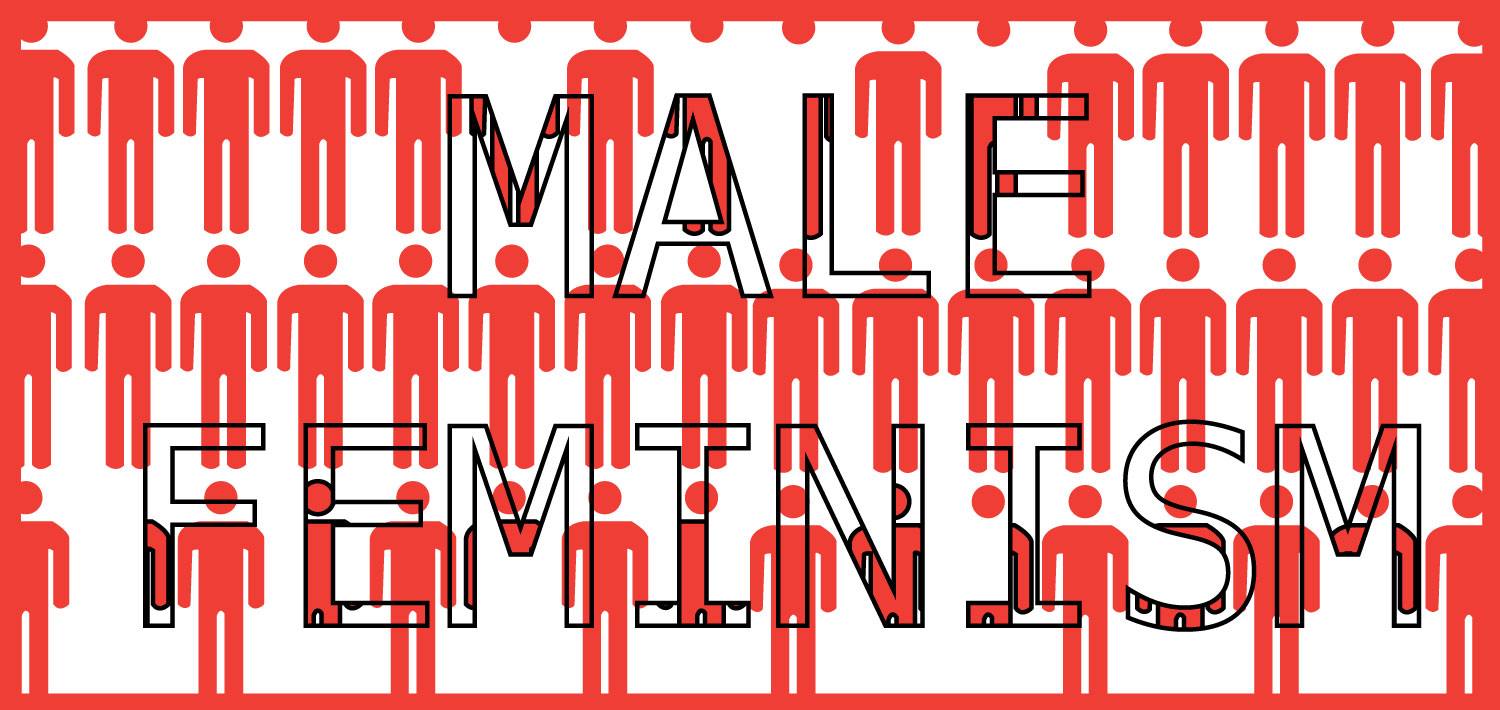Modern Feminism and the Role of the “Male Feminist”

Illustration by Noopur Goel.
Feminism is a pan-global movement that manifested through various waves. Through these changing tides, the core objective of feminism has remained the same: to challenge the role for women dictated by society.
That is not to say that the movements of the past are similar to feminism today. Feminists built freedom trashcans in 1968 to oppose the Miss America Pageant. Ideals of that time focused on the abandonment of makeup, bras, and other adornments as an attempt to stop objectification and adherence to traditional ideas of beauty. Women today are less likely to outright reject the use of makeup and other female branded consumer products because they believe in the empowerment of personal choice.
Modern feminism is difficult to pin down because of its contradictions and the scope and magnitude of the issues it tries to address. Mainstream feminism today is more inclusive of men than it was in the past. Despite the media tropes that female characters are bogged down in, there has been a surge in the depiction of women as multifaceted and complex characters. There has also been a growth in acceptance of both femininity and absence of it, and recognition that neither is what makes one a female.
Feminism today is not just the sphere of academia and intellectuals. It continues to be regarded negatively, despite gaining mainstream popularity among masses due to an increasing number of famous advocates. The most prominent example of this is Emma Watson, whose HeforShe campaign speech attempted to garner male support for feminism. Though most commended Watson and her attempt to universalize the movement, her speech tread on shaky ground.
In the 1960s, women had no legal identity of their own, or no legal right to the earnings of their husband. Modern feminism, in contrast, tries to encourage men to embrace the movement instead of existing on the fringes of it. However, this recent shift to popularizing feminism for men is problematic on many levels.
Due to this surge in the popularity of feminism, many men have jumped on the bandwagon with little knowledge of feminism. On the other end of the spectrum, there are men who think feminism opposes their gender and existence. What they don’t realize is that feminism opposes the treatment of all whom the patriarchal system harms, which includes men themselves.
While it is true that patriarchy harms all genders, it is also true that men are the only ones who profit from it, as acknowledged by author Junot Diaz. The attempt to make feminism palatable to men is misguided because of the lack of grounding men have in issues of inequality that affect women. White cis feminists should hesitate to speak on issues of intersectionality, due to their lack of personal grounding in issues that affect women of color and non-binary women. At the same time, they should ideally strive to make an active effort to not be oblivious of issues that affect cross-sectional groups. Similarly, men should be wary of speaking on behalf of women, but simultaneously make a conscious effort to be aware of problems they face.
A common defense for men identifying as feminists is that feminism is a social movement that aims for equality. Those who attempt to justify male identification on this ground are disregarding the history of the movement and oversimplifying its complexity.
Feminism is not, and never was, a movement for men. Ultimately, while men should identify as allies of feminism, they should also understand their privilege and not take the power away from those whom feminism prioritizes.




